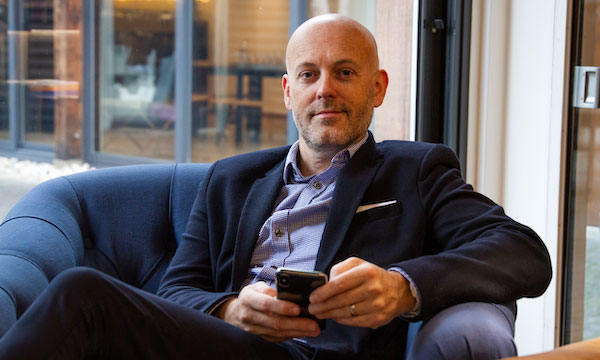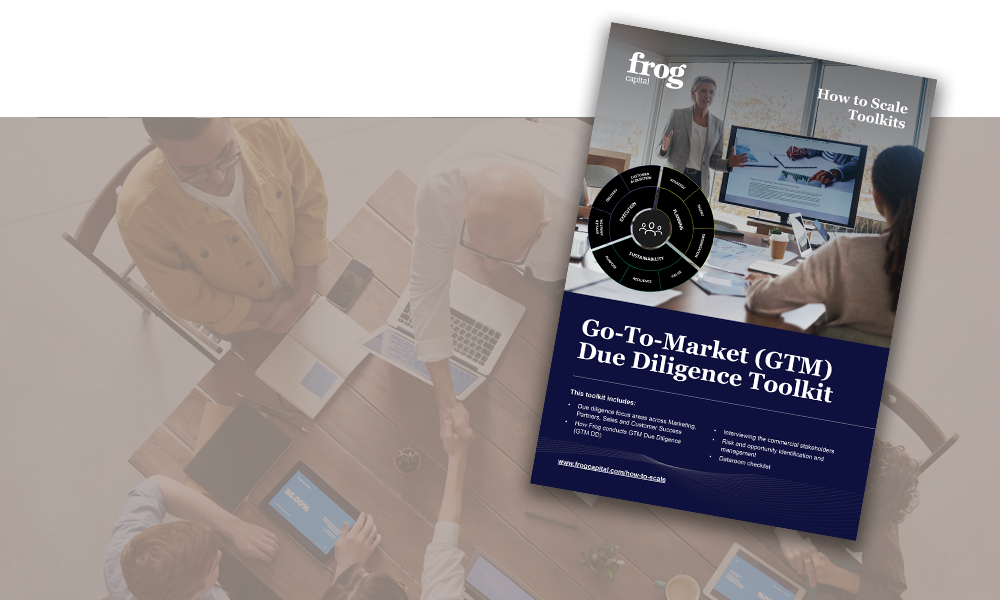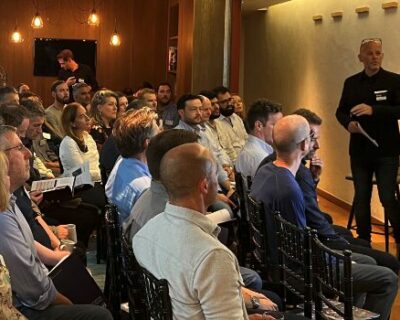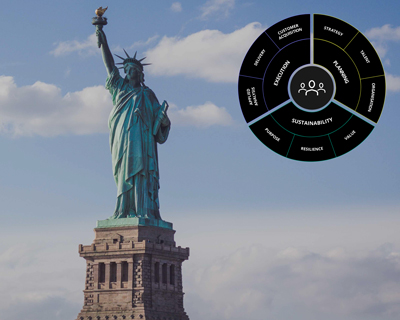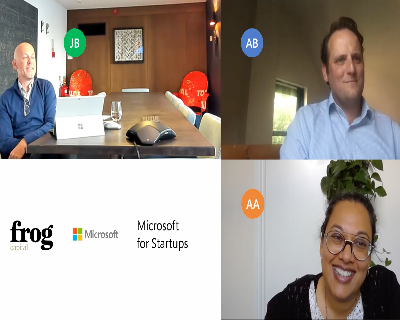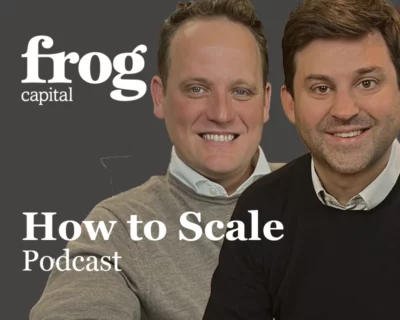The purpose of Frog’s GTM DD is to identify areas of both risk and opportunity, for further consideration, pre any investment. The overarching goal is helping businesses to improve the performance of their commercial operation, in a controlled fashion.
Through the due diligence process we will gain an understanding of overall Marketing and Sales performance, identifying areas of opportunity and key obstacles. We map performance against what the business needs now and with a view on what GTM capabilities are needed to support mid to long-term requirements.
In this toolkit we outline how we execute GTM Due Diligence, what is covered across Marketing, Partners, Sales and Customer Success, how we conduct due diligence, interviewing commercial stakeholders, how we identify risks and opportunities, and what to include in the data room.
Wider diligence
At Frog, due diligence (DD) is an integral part of our investment process. It is led by our team of Operating Partners, who are part of the Frog team (participating in IC meetings) and provide consistent functional support throughout the life-cycle of our investments.
- Deal assessment
- Due diligence
- Ongoing portfolio support
Our approach to DD is designed to add value in its own right; it is conducted not in isolation but as part of an end-to-end process of collaborative added value.
As part of deal assessment our Operating Partners meet leadership teams to develop deeper understanding of the business, at the same time as demonstrating how we can add value. The due diligence process itself then goes into far greater detail across the different functions of each business focusing on the key areas determined by understanding that business, rather than applying a template approach. The traditional purpose is ensuring a business is performing as expected across departments, but at Frog it also facilitates relationship building between our Operating Partners and senior leadership teams as well as alignment around future scaling developments. The immediate outcome of this is an agreed 100 day plan to follow after investment, laying the foundations to a successful ongoing partnership.
One of the additional benefits of our approach is that our Operating Partners not only continue working as part of the portfolio company teams post investment, but also that they work closely with each other. This multiplies the value we can add because our work is both end to end, and inter-connected across what can otherwise be separate work streams.

